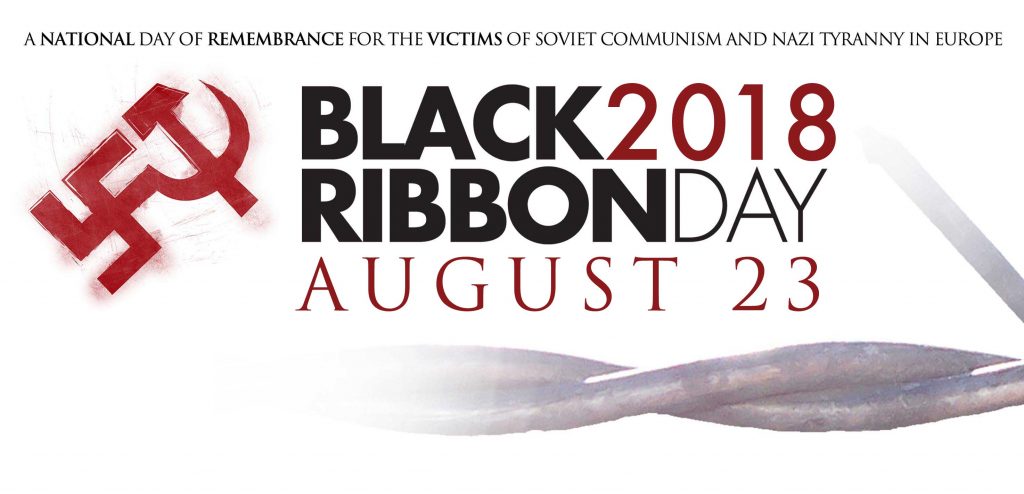AH, Baile Átha Cliath.
In recent days the caretaker Taoiseach Leo Varadkar referenced the widespread horseshoe theory with the comment that “the far right and the far left aren’t very different to [him]”. Leo refers to this idea by suggesting that the two are separate and him and his comrades in Fianna Fail and the Labour Party are somewhere in the middle. This political perspective is also common in university curricula. In the School of Law and Economics it is essentially implied that the current social democratic and capitalist method of organising society is in the middle, while extremes such as fascism and communism are the other ‘authoritarian’ and ‘totalitarian’ options and both are dictatorial and anti-democratic.
What the horseshoe theory does is obfuscate the class dynamics of society, the class character of the State and essentially ignores all political economy. It positions “liberty”, linked to an abstract view regarding private property against “totalitarianism” which implies the loss of personal-private property. Of course no nuance is rarely offered. Other buzzwords around violence, dictatorship and so on are thrown around as well in order to make it sound more convincing. The party states prolifically that it supports the rule of law, and that its leadership is “non-ideological” and based on the nebulous concept of “evidence based policy”.
This is done by people such as Leo Varadkar in order to distract from what their role as a political party is. Connolly described the state as a “committee of the rich to manage the affairs of the rich”, in short, political parties in social democracy serve the interests of capital. In fact, this is a long held analysis of Marxist political economy. It specifically asks the question: In whose interest does the state function and whose interest does it serve?
Our view is that the parliamentary parties such as Fine Gael, Fianna Fail, Social Democrats, Labour Party, Greens, are closer to fascism, in the sense that they are locked into the same socioeconomic co-ordinates and priorities as it, and in fact the political distribution of ideas is best described in a line, rather than a horseshoe. On the far left you have Communists, who stand for the dictatorship of the proletariat, a dictatorship of the majority of the working masses over the economic organisation of society, on the far right, you have fascism — something Lenin describes as “capitalism in decay”. What he meant by that is rather straightforward, fascism was the consolidation of capitalism, when it is strongest and when its interests are best observed. Examples must be made however and if we examine the economic organisation of Chile, Germany, Italy and Spain, we see that private capital reigns supreme and unhindered. Businesses and corporations do very well under fascism because the economy is re-organised bearing their interest in mind. Classes cease mattering because the ruling class has triumphed, but it’s a con to confuse and distract the working class.
The most prominent example is Nazi Germany. (National Socialist German Workers Party) where the red flag and slightly emancipatory rhetoric was used to win the 1933 election. But the aftermath clearly went in one direction: the murder of communists, the destruction of its own ethnic labourist wing, the strasserites, and the banning of most trade unions and the usage of concentration camp labour for private companies. This list, while basic, gives an insight into the extremely close relationship private capitalists had with the Nazi Regime. Major and specific brands include IBM, Volkswagen, Coca Cola, Hugo Boss and others. In the post war period, all of the companies continued operating in West Germany. In the Soviet zone, an intense process of de-nazification occurred, which also included reparations from all those who profited from the Holocaust.
The road to fascism in Germany, was facilitated by the Social Democratic party, who refused outright to work alongside the Communist Party and watched the German Communist Party get destroyed and torn apart by the Nazi Party, until it was essentially too late. We see this trend in contemporary politics all over the world. Social democratic parties routinely make deals with fascist ones, in Germany for example, Angela Merkel’s party went into an alliance with the AfD far right party to secure a mayoral position. In Britain, the founder of the Brexit Party urged people to vote for Boris Johnson, while in America — it really doesn’t matter who sits in the White House, both parties represent capital. Worst of all, it was the SPD who led the charge in suppressing and murdering Rosa Luxemburg and Karl Liebknecht. It’s easy to see the ideological consistency between this and Joan Burton invoking Connolly on the witness stand to denounce anti-austerity protestors.
Bringing it back to Ireland is fairly straightforward. Fine Gael commentary on being “centrist” and trying to suggest that their founder, Eoin O’Duffy had more in common with the Communists he went to murder in Spain is farcical. The net result of our analysis is that the left hand of capitalism, the “nice” face of capitalism, is actually social democracy, and the right hand, which emerges to defend capitalism to the death – is fascism. Unlike Leo, our view places social democracy and fascism firmly together, as opposed to apart.
What about the term “totalitarianism”? The term is used, as outlined above, to suggest that not being able to have private property, i.e becoming a capitalist, is inherently restrictive to your personal freedom. In practice, we know that a very small amount of the population are capitalists, most of us are wage slaves. We must sell our labour power, our time, our bodies, our minds in order to survive. While a few capitalists use us, buy us and then discard us when we’re no longer useful. The reason “totalitarianism” is used is simple: for the capitalist class, being robbed of their ability to exploit is totalitarianism. For the proletariat and the working class, it isn’t, and it’s as simple as that.
Lenin commented that “freedom in capitalist society is freedom as it was in ancient Athens, freedom for the slave owners”. If you rob the slavemaster of their right to have slaves, yes, you could make a semantic argument that this is totalitarian. If you rob the right of Facebook, Google and Shell to pillage Ireland of resources through tax loopholes, you could say that you are “oppressing” them. But if you acknowledge this to be true, then you must acknowledge the reverse to be true – capitalists oppress and dominate the lives of the working class.
The Connolly Youth Movement has as its central objective the “dictatorship of the proletariat”. I can say without reservation that the landlords, employers and bourgeoisie of Ireland would consider our measures “totalitarian”, and would marshal their ill gotten resources to frame public opinion against all measures. The fact of the matter is that these measures, enacted by the working class, would benefit the working class, by reshaping the decision making process over wealth, and directing the wealth to the common interest. We understand the dictatorship of the proletariat as the dictatorship of the majority, of the exploited over exploiter, of the oppressed, over the oppressor.
Leo Varadkar curious phraseology originates from the Cold War, where the Western powers, determined to break confidence in the Soviet Union among their working classes, began to consistently equate Communism and Nazism, and this is a trend still ongoing in the EU today.

When you hear somebody using the horseshoe theory again, give them a reminder that it is very much a right wing fabrication, designed to confuse, deflect and distract from assessing the state and political parties through a more rigorous and thorough lens.

